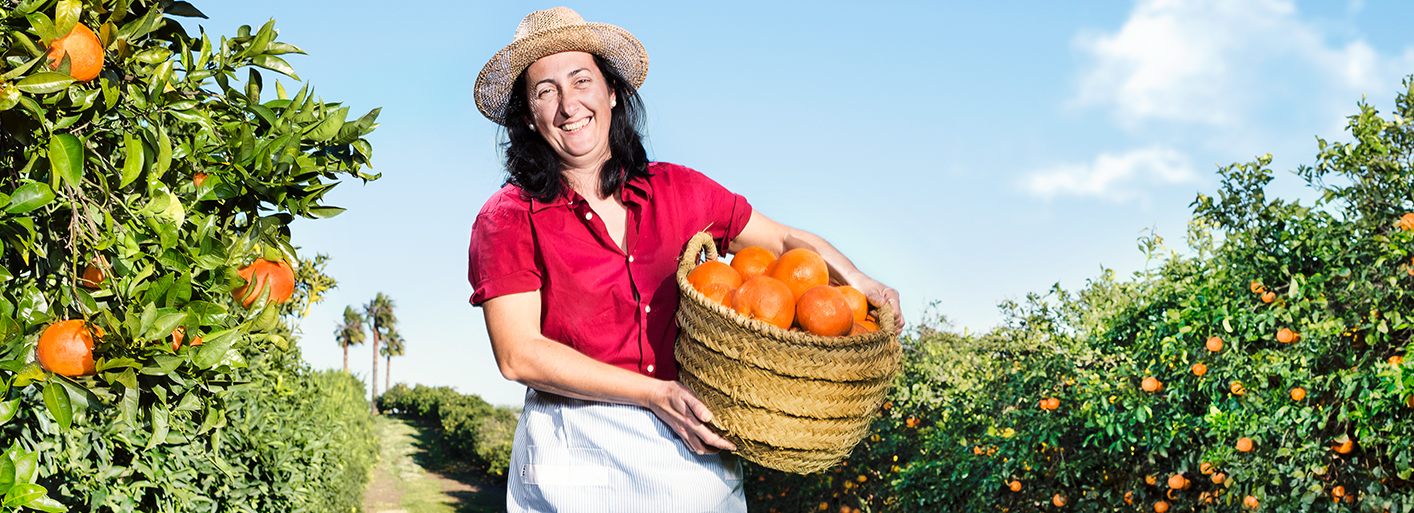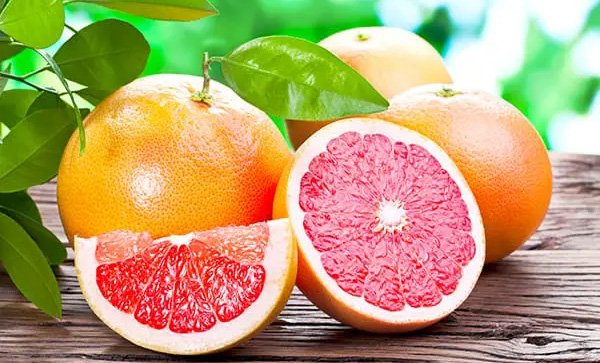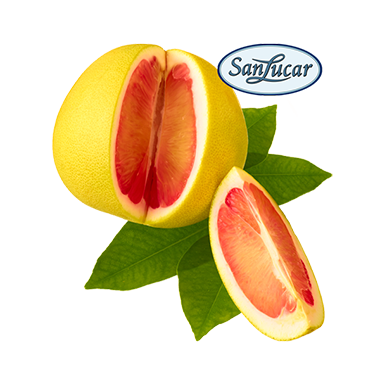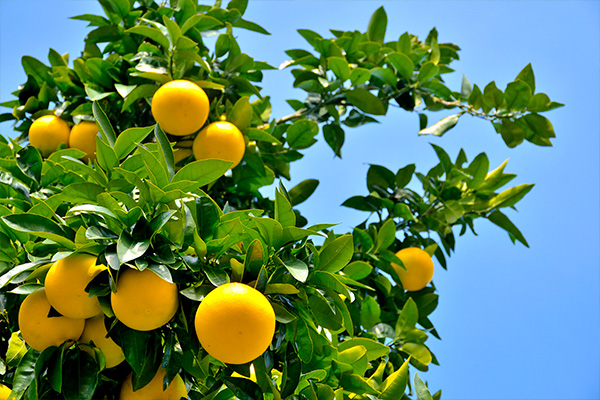
Refreshingly fruity.
Pink cheeks and red, juicy flesh with a tangy, sunny aroma – our grapefruit are not only as beautiful as the dawn, they are also really refreshing. And so that they thrive particularly well, we naturally fulfil their every wish.

They feel particularly at home in subtropical regions with plenty of warmth and sunshine, for example in Spain, near Murcia, Seville and Cordoba. But we also grow them in the north of South Africa. The soil there is fertile, the days are warm and sunny and the air is humid, which the grapefruit particularly like.
It is also important for grapefruit that the nights are not too cold so that they can produce a lot of sugar. Our Master Growers give them their full attention from dawn till dusk and they reward them with an excellent taste and pink cheeks.
Because we grow our grapefruit in Spain and South Africa, you can enjoy them all year round.
They taste great on their own, in salads and bowls, and on tarts, and they enhance chicken and salmon dishes. And of course you can also use them to conjure up refreshing fruit drinks. They are all so delicious that you’re certain to get red cheeks!
Our grapefruits

Sun sphere
Juicy fruit flesh and a perfect sugar-acid ratio ensure that you will feel the sun of South Africa on your tongue with our pomelo.

Good to know
Refreshing yes, but not bitter: the skin and white layer contain bitter substances, so separate them completely from the flesh.
More interesting factsabout grapefruits
Country of origin
Grapefruits grow best in regions where the soil is fertile, the warm days are very sunny and the nights are cool. In winter, for example, our grapefruits come from Spain and in the European summer from South Africa.

History
The grapefruit probably originated by chance – in Barbados in 1750 from a spontaneous cross between the grapefruit and the orange.

Tips and special features
The grapefruit has only a few calories and is also popular for eating with a spoon. To do this, cut the fruit in half, separate the individual flesh segments from each other with a knife and cut once all around the peel. But of course you can also simply peel or fillet it like an orange. It also enriches desserts as well as savory dishes. It harmonizes perfectly with poultry, white meat, fish and vegetables, for example.
Nutritional information
| Vitamin B (mg/100g) | 0.9 mg |
| Vitamin C (mg/100 g) | 40.9 mg |
| Vitamin E (mg/100 g) | 0.6 mg |
| Potassium (mg/100 g) | 141 mg |
| Calcium (mg/100 g) | 26 mg |
| Magnesium (mg/100g) | 10 mg |
| Calorific values: Energy | 44 kcal |
| Fett thereof |
0.2 g |
| Monounsaturated fatty acids | |
| Polyunsaturated fatty acids | |
| Carbonhydrates | 7.4 g |
| of which sugar | 7.4 g |
| Protein | 0.6 g |
| Salt | 3 g |
| © German Food Code 3.02 |
Storage
Grapefruits can be stored outside the refrigerator without any problems. At a temperature of up to 15 degrees Celsius they will keep for several weeks, at room temperature up to two weeks. Even then they still taste wonderfully aromatic and are even easier to peel.
Taste in harmony with people and nature
We use our modern, digitally controlled water management system to save water, always rely on natural predators first when dealing with pests and protect the bees.
More about our social responsibility